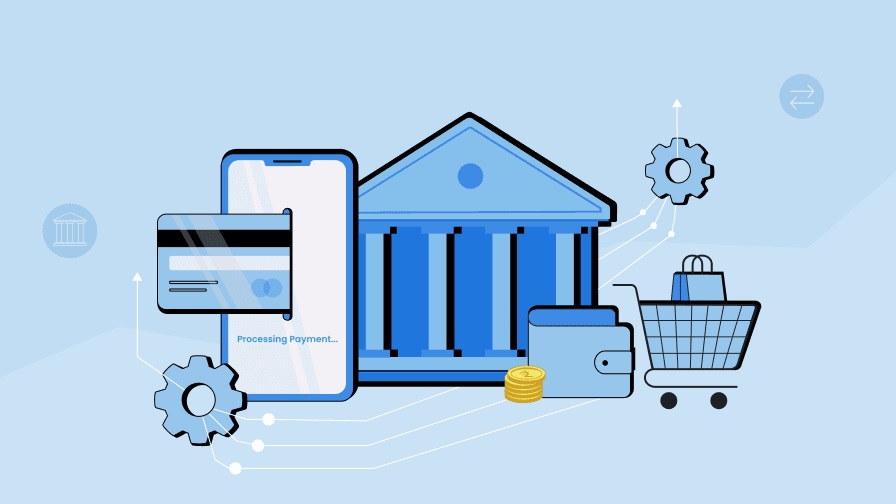Online payment gateways such as Stripe, PayPal, and Square process trillions in transaction volumes annually across global commerce. Yet rampant phishing, spoofing, stolen cards, and merchant fraud hemorrhage billions in losses yearly. Let’s examine how payment gateways leverage big data analytics, AI, tokenization, and blockchain to help merchants mitigate risks without adding customer friction.
Understanding payment fraud dynamics
Payment gateways allow online businesses to securely accept credit cards and alternative payment methods like Apple Pay or PayPal by providing embedded checkout modules and APIs. As intermediaries, gateways screen customers and funds on behalf of merchants before settlement. However, common attacks like phishing and SQL injections exploit vulnerabilities beyond gateway firewalls directly at merchants, bypassing filters. Insiders with access override system controls or collude with external actors. Large-scale breaches also spill millions of stolen cards online for fraudulent usage. Such fraud dynamics impose steep customer distrust, revenue losses, and penalty fees on affected businesses – making effective risk infrastructure and protocols crucial.
Token presales fund innovation
what is token presale? Evolving fraud requires payment platforms to continually invest in risk infrastructure upgrades. New companies raise growth capital via native token presales offered to accredited investors before public listing. Participants gain priority access to new services, discounted fees, and governance voting rights. In turn, their locked-in capital helps expand platform capacity and native token utility to back offerings before wider distribution.
Big data analytics and machine learning
Sophisticated algorithms data-mine billions of transactions to spot anomalies indicative of emerging fraud patterns, alerts, risk scores, policy rules, etc activate appropriate friction. The NuData engine by Mastercard evaluates over 500 behavioral attributes including devices, timings, clicks, swipes, and past patterns approves 99.9% of genuine users while flagging risky anomalies for added verification selectively. Unsupervised machine learning clustering spots abnormal spikes in high-risk transaction indicators across payment channels. Neural networks also learn complex fraud patterns unseen earlier for preemptive detection. These minimize disruption while lowering attack surfaces algorithmically.
Blockchain and tokenization
Blockchain’s decentralized ledger architecture provides greater transparency across payment transactions with built-in synchronization to prevent double-spends or alterations. Ripple and Stellar payment networks allow regulated intermediaries to track global flows end-to-end. One-time tokenization of sensitive card data into random glyphs renders customer payment credentials useless for criminals even if stolen. Vaulted securely at gateways, such tokens only unlock funds into a merchant’s account without exposing raw card numbers vulnerable to exploits.
AI-blockchain fusion platforms like Sardine leverage cryptography and collective intelligence algorithms to enable customers and merchants to exchange dynamic smart tokens personalized for each transaction. Immutable ledger records deter fraud across interactions. Over 80% of mid-size companies are expected to adopt blockchain-based payments by 2025 per Gartner research.
Responsible AI for error prevention
Payment gateways integrate rules engines, data validation modules, and administrative dashboards to guarantee compliance with regulations, security protocols, access privileges, etc. Responsible AI principles ensure bad algorithms don’t override human accountability or exclude protected groups unfairly. Confidential computing techniques enable collaborative analytics on aggregated data securely between institutions to sharpen fraud targeting while preserving customer privacy. Federated learning further trains risk models such that no sensitive records ever get exposed, advancing state-of-the-art fraud risk capabilities. Only designated officers examine flagged anomalies with contextual customer visibility to prevent reputational or financial losses.







